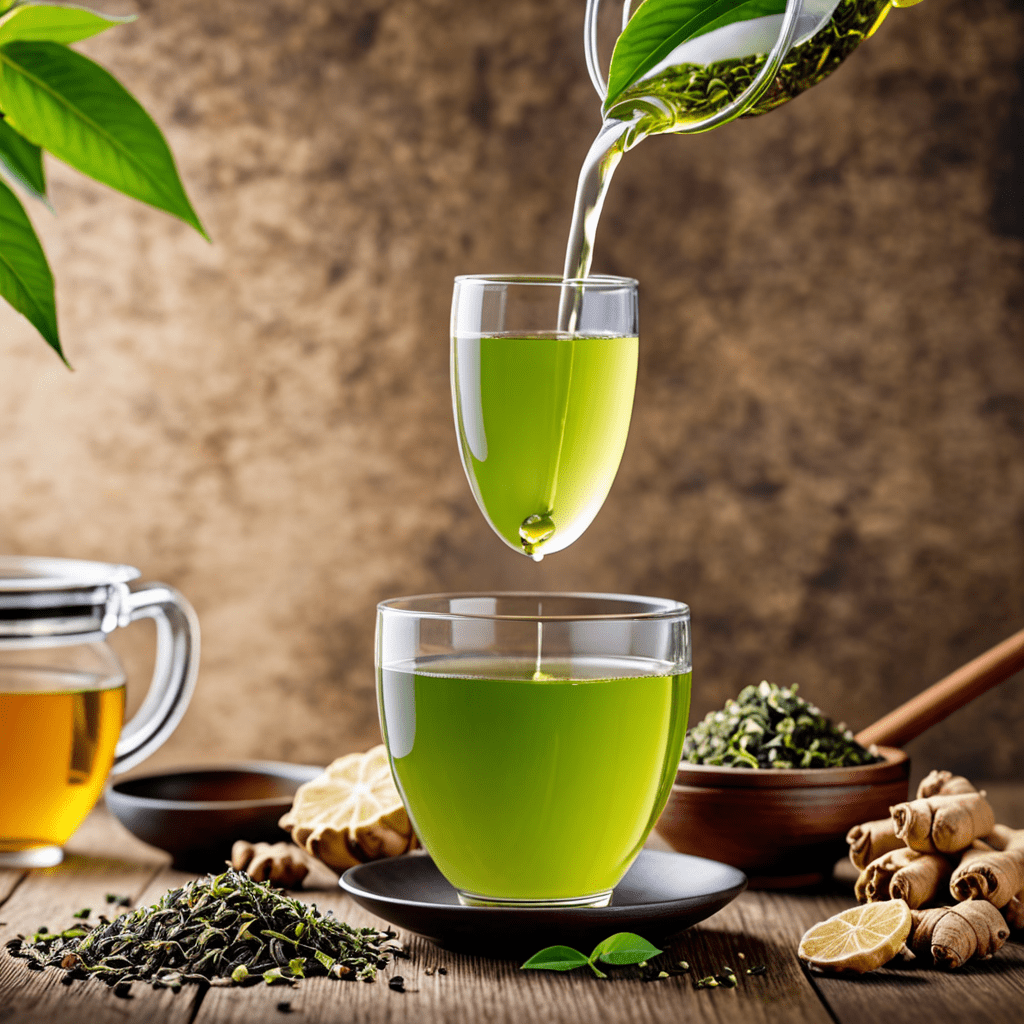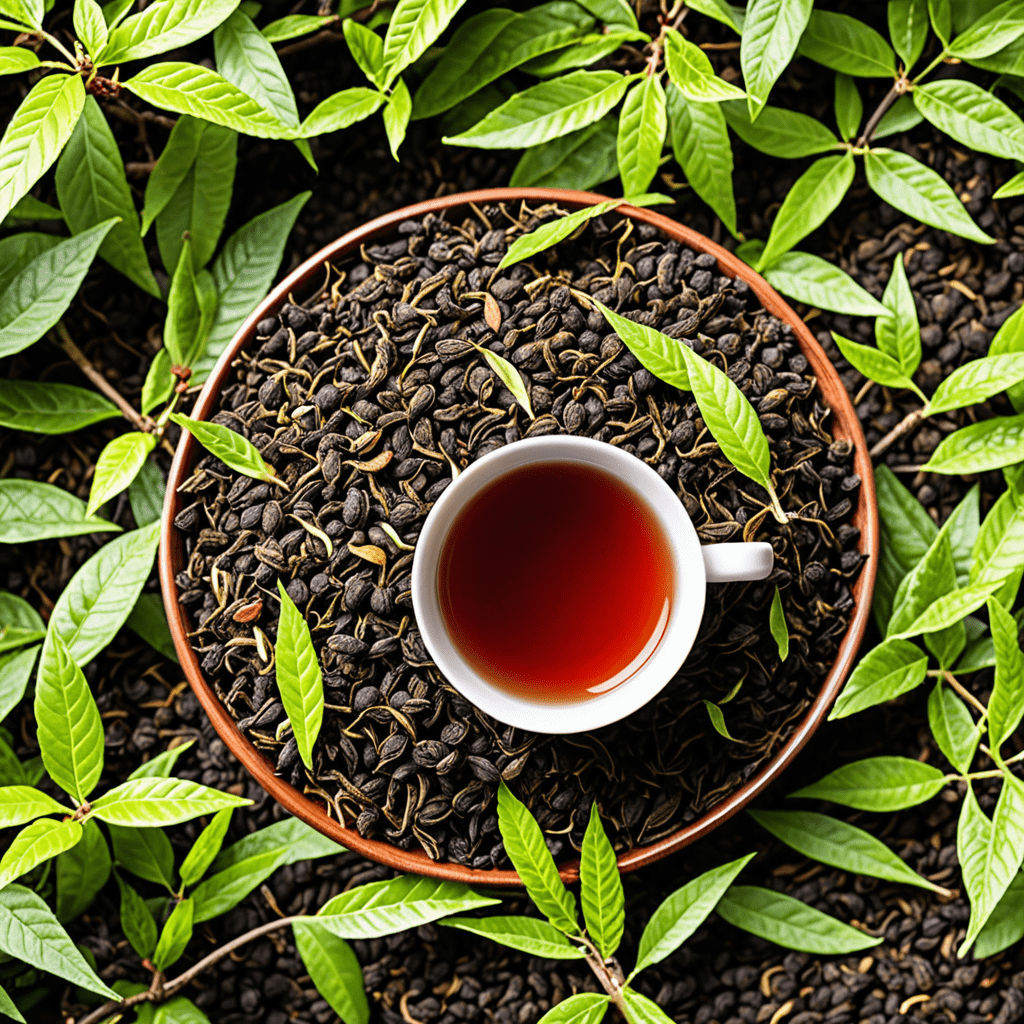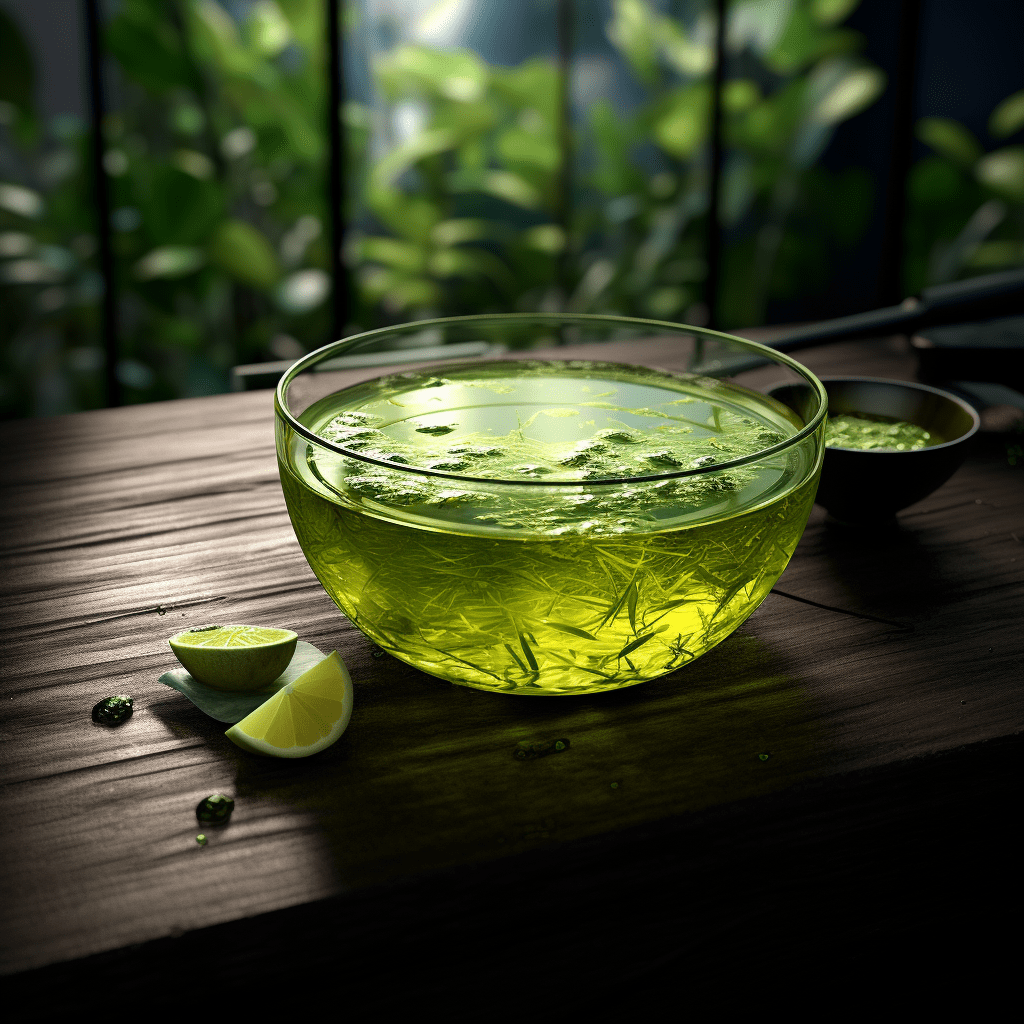Chai Tea: Aromatic Comfort in Every Sip
Chai, an aromatic beverage with origins in the Indian subcontinent, has captivated tea enthusiasts globally with its distinct blend of spices and its comforting warmth. For centuries, chai has been an integral part of social gatherings, cultural traditions, and daily routines in various societies worldwide.
Origins of Chai
Tracing its roots back to ancient India, chai has evolved over millennia. Originally known as "masala chai," meaning "spiced tea," this beverage was traditionally prepared by boiling black tea leaves with a blend of aromatic spices. Spices such as ginger, cardamom, cinnamon, and cloves imparted a unique flavor profile, and milk and sugar were often added for richness and sweetness. Over time, chai spread throughout the world, becoming a cherished beverage in countries like Afghanistan, Pakistan, Malaysia, and the United Kingdom.
The Allure of Spices
The spices used in chai are not merely culinary additions; they carry historical and medicinal significance. Ginger, with its pungent aroma and anti-inflammatory properties, has been prized for its health benefits since ancient times. Cardamom, with its warm and slightly sweet flavor, aids digestion and has a calming effect. Cinnamon, known for its distinctive aroma and sweet, woody taste, is believed to regulate blood sugar levels. Cloves, with their intense flavor and antioxidant properties, round out the traditional chai spice blend.
Health Benefits of Chai
Beyond its captivating taste, chai offers potential health benefits. The spices used in the blend possess antioxidant and anti-inflammatory properties, which may aid in digestion, boost immunity, and reduce inflammation. Gingerol, the active compound in ginger, has been studied for its potential to alleviate nausea and reduce the risk of chronic diseases. Cardamom contains compounds that may lower blood pressure and improve heart health. Black tea, the base of chai, is known for its caffeine content, which can provide a boost of energy and enhance cognitive function.
Brewing the Perfect Chai
Crafting the perfect cup of chai requires a harmonious balance of spices and brewing techniques. Freshly ground spices yield the most intense and authentic flavor. Use a ratio of 2 teaspoons of spice blend to 1 cup of water. Bring the water to a boil in a saucepan, add the spice blend, and simmer for 5-7 minutes. Add black tea leaves and let steep for 3-5 minutes. Finally, pour in milk and sugar to taste, and let simmer for an additional 2-3 minutes before serving.
6. Chai in Different Cultures
Chai has transcended its Indian roots and become a beloved beverage in countries worldwide, each with unique interpretations and variations. In Afghanistan, chai is known as "qahwa" and often prepared with green tea and a blend of spices that may include saffron and rose petals. In Pakistan, "doodh patti" is a popular variation made with strong black tea andたっぷりとミルク.
In Malaysia, chai is known as "teh tarik," a milky tea that is vigorously poured back and forth between two containers, creating a frothy and flavorful beverage. In the United Kingdom, "chai latte" is a widespread menu item in coffee shops, featuring a blend of black tea, spices, milk, and sweetener.
7. Pairing Chai with Food
Chai's versatility extends beyond its consumption as a standalone beverage. It pairs harmoniously with a wide range of sweet and savory dishes. In India, chai is often enjoyed alongside breakfast or as an afternoon snack with biscuits or samosas. Its warmth and sweetness complement desserts such as kheer (rice pudding) and gulab jamun (syrupy milk dumplings).
8. The Social Significance of Chai
Chai holds deep social significance in many cultures. In India, Pakistan, and Afghanistan, it is a symbol of hospitality and togetherness. Sharing a cup of chai represents warmth, friendship, and a shared moment of relaxation. In some regions, chai is served at public gatherings, such as festivals and religious ceremonies, fostering community bonds.
9. Chai as a Lifestyle
For many tea enthusiasts, chai is not merely a beverage but an integral part of their lifestyle. Its comforting aroma and invigorating effects make it an ideal daily ritual. Chai is enjoyed at breakfast, as an afternoon pick-me-up, or during evening relaxation time. Its versatility allows it to be customized to individual preferences, whether enjoyed plain, with milk and sugar, or infused with additional flavors like honey, vanilla, or cocoa.
10. Conclusion: The Enduring Charm of Chai
Chai's popularity endures due to its unique blend of flavors and aromas, potential health benefits, and deep cultural significance. Whether enjoyed in its traditional form or adapted to suit different tastes and preferences, chai remains a timeless beverage that brings warmth, comfort, and a touch of exotic charm to daily routines.
FAQ
What is the traditional way to prepare chai?
Chai is traditionally prepared by simmering black tea leaves with a blend of spices, such as ginger, cardamom, cinnamon, and cloves. Milk and sugar are often added for richness and sweetness.
How can I customize chai to my liking?
Chai is highly customizable. You can adjust the amount of spices to suit your taste, add sweetener to your desired level, and experiment with different milk options (e.g., almond milk, soy milk, oat milk).
What are the potential health benefits of chai?
The spices used in chai, particularly ginger, cardamom, and cinnamon, have antioxidant and anti-inflammatory properties. Chai may aid digestion, boost immunity, and reduce inflammation.
How is chai consumed in different cultures?
Chai is enjoyed differently worldwide. In India, it is a daily staple served at breakfast and as a mid-day snack. In Afghanistan and Pakistan, chai is a social beverage shared at gatherings and public events. In Malaysia, chai is known as "teh tarik," a frothy and flavorful tea drink



